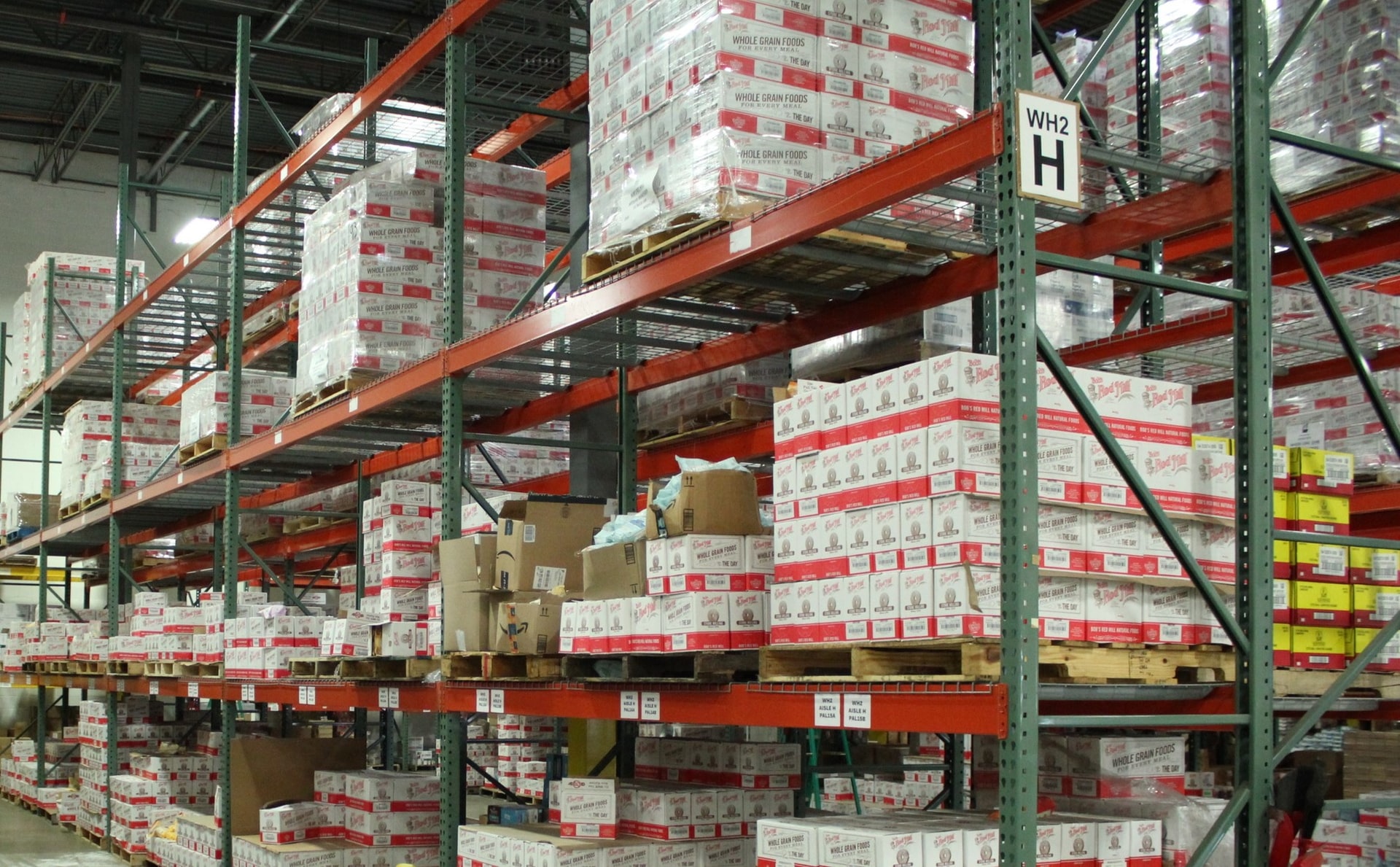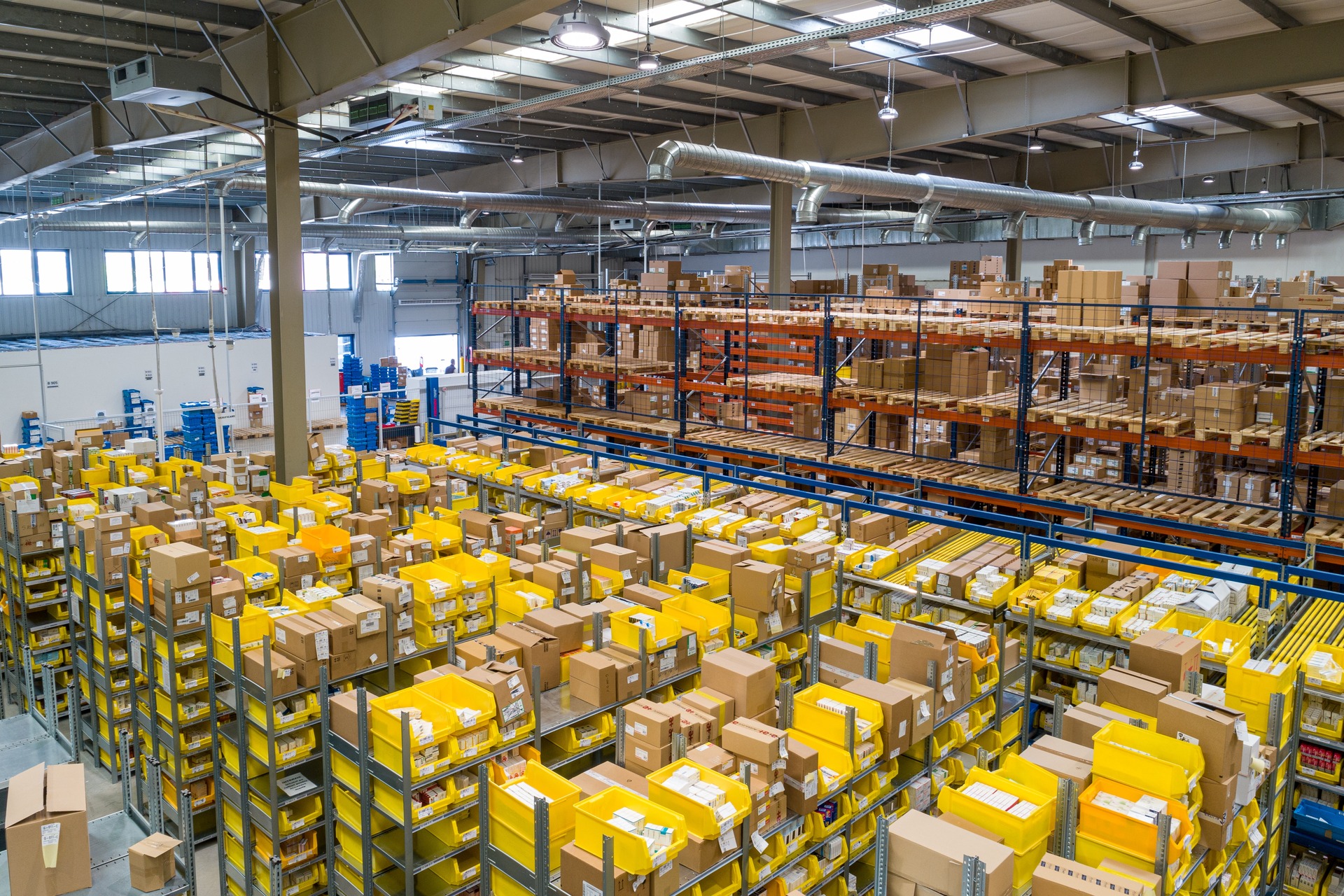
How Automated Order Fulfillment Keeps Businesses Ahead of the Competition
June 28, 2022 - Emily Newton
Revolutionized is reader-supported. When you buy through links on our site, we may earn an affiliate commision. Learn more here.
Shipping is almost always a complicated process, and managing it well can be difficult — even without the serious challenges that businesses face right now, like supply chain disruptions and shortages.
With automated order fulfillment, businesses can take some of the repetitive tasks necessary to ship goods and automate them partially or fully. Work like demand planning, carrier selection and order assignment can often be handled automatically with the right software or order fulfillment solution.
As customer expectations grow, businesses may need tools that automate order fulfillment to remain competitive or to ensure speed and accuracy in shipping.
What Is Order Fulfillment?
Order fulfillment describes all the processes that a business uses to get goods into a customer’s hands after an order has been placed. Good order fulfillment can help to speed up deliveries and simplify the ordering process for customers, potentially securing a competitive advantage for the business.
Businesses may handle order fulfillment in-house, work with a third-party fulfillment provider or dropship — meaning that they pass on orders to third-party sellers who handle almost all of the order fulfillment process.
The specific steps involved in order fulfillment may vary depending on the size of the business and how much logistics work they keep in-house. Larger businesses, for example, may need warehouses to store the goods that they stock and ship. These businesses often contract with third-party warehouses for storage, but some may own their own warehousing facilities.
Generally, however, order fulfillment involves receiving goods that the business will use to fulfill orders, processing the order and shipping the order.
The Challenges of Order Fulfillment
Getting goods from the business to a customer can be a serious challenge, especially as businesses grow, demand increases and new shipping services are offered. Regardless of size or niche, businesses will almost always face a few of the same order fulfillment challenges.
For example, both demand planning and sales forecasting are often difficult, especially when consumer confidence is low and market conditions are volatile. Estimating how much consumers will demand in the future — and taking into account seasonal differences in demand or the impact of holidays on consumer demand — is crucial for order fulfillment, but challenging in practice.
Customer expectations, at the same time, are on the rise. Almost all customers will expect some kind of order tracking after their purchase has shipped. If a business can’t provide this tracking, or if tracking isn’t accurate, customers may become frustrated — potentially leading to lost sales or complaints that the customer service team will have to spend time fielding.
Most businesses also want to keep shipping costs as low as possible without sacrificing quality, speed or shipping options. Careful choice of shipping carrier can often help businesses reduce shipping costs. However, minimizing the amount that customers pay for shipping can be as challenging as providing order tracking or effectively forecasting demand.
Right now, many businesses face a tight labor market. As a result, it may be difficult or impossible to hire enough workers to manage these challenges — or effectively scale up order fulfillment operations to meet rising demand.
With order fulfillment automation, businesses can overcome many of these challenges by automating repetitive tasks and taking advantage of advanced technology — like AI — that can help to provide deep insights into demand, sales, customer behavior and fulfillment operations.
How Does a Business Automate Order Fulfillment?
Various order fulfillment automation strategies exist. Most will rely on a combination of order fulfillment solutions that will perform essential tasks like invoice generation, inventory management and carrier selection.
Businesses that do not perform their own fulfillment in-house can still take advantage of automation by working with a third-party service provider that uses the right solutions.
These are a few of the different approaches that businesses use to automate their order fulfillment processes.
Data and Systems Integration
Most businesses already take advantage of platforms that can help automate order fulfillment — like enterprise resource planning (ERP) tools, sales analytics tools and carrier accounts.
In many cases, however, these systems aren’t properly integrated, preventing them from sharing essential data. As a result, the business may not be able to effectively use sales data or resource planning data to select the right carrier, for example, or automatically adjust inventory planning based on changing sales figures.
Using APIs and plugins to integrate and extend these systems will help the business lay a foundation for order fulfillment automation.
Rate Shopping and Carrier Selection
For every order, businesses will have to choose a carrier — or select a shipping company that will work with carriers on the company’s behalf.
The business or shipping service may leverage large, national mail and packaging carriers — like FedEx, UPS and the Postal Service — or local carriers. Every carrier may offer a different combination of rates, delivery speeds and services for a given order. Businesses will need to carefully select a carrier for each order, balancing cost against speed or service types, to maximize customer satisfaction.
A business may also enter into contracts with carriers, locking in rates or other contract terms in exchange for establishing a long-term business relationship.
Comparing carriers manually can be a challenge, especially as a business grows and its needs change.
By using software that can automate carrier selection, businesses may reduce the amount of labor necessary to ship goods effectively. These tools will automatically compare carriers and use business information on customer demand or customer needs to select carriers for orders.
Demand Forecasting and Inventory Planning
To effectively meet customer demand, businesses often need to order products or raw materials in advance, maintain stockpiles and scale order fulfillment operations appropriately.
Both overestimating and underestimating demand can be costly, however. Stock-outs and unfulfilled orders that come from underestimating demand may hurt customer satisfaction. Overstocking can cause a business to purchase inventory that may move slowly or not at all — a problem that can quickly become expensive when warehouse storage is in such short supply.
Effective demand forecasting allows a business to more effectively predict customer demand and respond to sudden shifts in the market. A variety of forecasting tools exist that businesses can use to better analyze existing demand data and make more accurate predictions.
Data sources may include information from an online storefront, customer surveys and market research data.
Some more sophisticated tools use AI to improve analysis. Artificial intelligence can find patterns in large datasets that are too big for conventional methods of analysis. With AI, businesses can use larger datasets, unstructured data and a greater variety of information to build predictive models that can more effectively forecast demand. Businesses can also adopt platforms that integrate AI models or work with third-party order fulfillment services that already use AI technology.
Automating Warehouse Processes
In most cases, automation will be limited to software and robotic process automation that helps to streamline the administrative side of shipping, rather than the physical side. Warehouse management systems (WMS), for example, provide visibility into warehouse processes and can help automate tasks like scheduling warehouse workers, tracking inventory, managing supplies or assets and planning materials requirements.
However, a growing number of robotic warehouse automation solutions exist that help to automate physical warehouse processes.
Automated conveyor belts, sorting systems and even sophisticated autonomous warehouse robots can all help improve the productivity of a warehouse by streamlining tasks related to picking and packing, quality assurance or inventory control.
In addition to streamlining order fulfillment, these innovations can also help a business better manage reverse logistics and warehouse organization.
Using Automated Order Fulfillment to Drive Customer Satisfaction
With automated order fulfillment, businesses can easily optimize some of the most challenging parts of their shipping and logistics operations, helping to guarantee speedy delivery and a streamlined shopping experience for customers.
Various order fulfillment automation tools exist. With the right combination of solutions, businesses can automate data integration, data gathering, demand forecasting, carrier selection and order processing.
Businesses that operate their own warehouses can also use new technologies to streamline warehouse management. A combination of software and robotics can make warehouse operations much more efficient.
In the near future, order fulfillment automation is likely to become much more common. The growing accessibility of software tools and technology like AI will help businesses to more accurately gauge demand, stock up on important goods and deliver items in the most timely manner possible.
Revolutionized is reader-supported. When you buy through links on our site, we may earn an affiliate commision. Learn more here.
Author
Emily Newton
Emily Newton is a technology and industrial journalist and the Editor in Chief of Revolutionized. She manages the sites publishing schedule, SEO optimization and content strategy. Emily enjoys writing and researching articles about how technology is changing every industry. When she isn't working, Emily enjoys playing video games or curling up with a good book.




